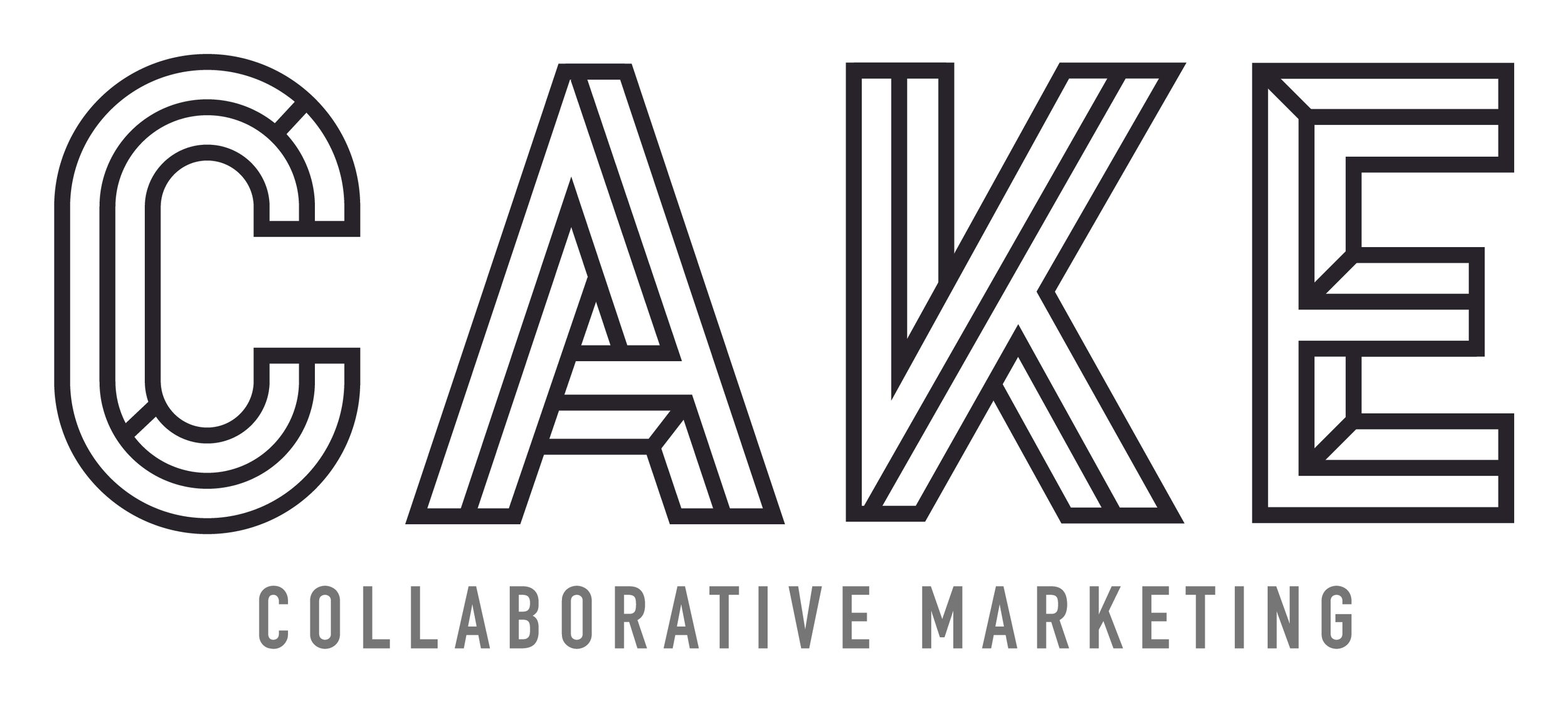Technology should be embraced by retail...
Is the metaverse another nail in bricks and mortar’s coffin?
It seems that with every advance in technology to help the consumer immerse themselves into brand worlds, the further that consumer is transported away from the physical space where they should be interacting with that brand. Touch, smell and texture were the pride of physical retail, a trinity of senses that combined with fitting rooms and actually trying things on could not be replicated through on-line shopping platforms. But has the metaverse changed all that?
Back in November 2021 Nike unveiled Nikeland, a virtual world hosted on Roblox where visitors can engage in 3D fun and games while dressing their avatars in Nike branded footwear and apparel. Whether Roblox is the ideal brand fit for Nike was neither here nor there, as the platform enabled Nike to reach a daily worldwide audience of 47.3 million. Which is a lot of exposure to the brand, and a lot of potential customers. This wasn’t lost on Gucci who shortly after Nikeland opened, began to sell virtual goods on the Roblox platform. A virtual handbag for $4,115 anyone?
Roblox is not the only show in town. Epic Games (owner of Fortnite) has monetised its 3D platform to host concerts and sell merchandise as well as offering advertising opportunities to forward thinking brands, using its reach of 56 million monthly users as a compelling carrot. Enough of a carrot for Ariana Grande to perform ‘live’ on the platform last year. Samsung has invested heavily in its own metaverse destination where it sells digital art – or Non-Fungible Tokens (NFTs) that is accessible through an app that is now included on Samsung’s latest smart TVs. While NFTs may seem like the ultimate extravagant embodiment of modern consumerism, they are a thing worth over £8 billion in 2021 which is a staggering amount for things that have no practical application. However, aside from showing that human purchasing habits are bonkers, the fact that this market has grown so rapidly proves that the virtual world presents a genuine threat to the traditional physical shopping spend.
So once again physical retail space finds itself on the back foot. The 3D worlds of the metaverse are compelling, engaging, interactive – and fun. All things that retail should be – and can still be. Traditionally, retail spaces (in general) could be accused of being a little slow to adopt technology, and quick to bemoan the fact that they are losing out to modern developments. In the case of the metaverse, focus should be given to the opportunity that it presents, rather than the threat. What better way to attract a new audience – or visitor – to a space than by giving them a full on interactive, immersive tour in the comfort of their own home? If the offer is sufficiently enticing, then it is only natural for a consumer to get real. Virtual can only go so far – and although it is further than ever before – it still isn’t solid, real life, pick up, feel, smell, wear and compare. The metaverse isn’t out of reach for retailers to leverage, platform owners – and users - will be crying out for content as the medium matures.
Obviously there are caveats. While the virtual world is a wild west of opportunity, with few barriers to creativity, the real world is governed by practicalities determined by what is deliverable. So while it may be possible to create a fantastical brand experience in VR, there must be a tangible link to the real world. If the metaverse is going to be harnessed to drive engagement and ultimately visits to physical spaces, the expectation of the two experiences has to be managed effectively so that reality measures up to or improves upon its virtual cousin. Consumers are looking for fun – a bit of escapism – but overall good value for their time. While there may be very few comebacks virtually, in reality shoppers are much more critical. Attention to detail is at the centre of great retail – and the detail has to be focused on the customer. If traditional retail is going to boost its appeal to a new visitor from the virtual world, it needs to know as much about that audience as possible to avoid disappointing them.
Technology should be embraced by retail, but it isn’t a shortcut to winning at retail. If it is researched and integrated , and the output analysed and evaluated, then it is the catalyst to an evolving and improving sector. Unleashed without due consideration to application and effect, and it could well hasten the demise of retail space.
CAKE work with a number of technology partners focused on making retail better. To have a chat about getting ahead with tech, please drop us a line here

